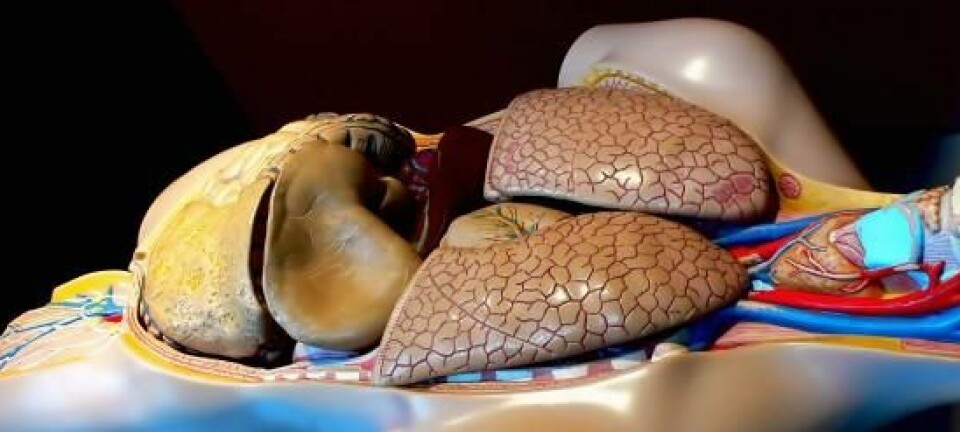
This artificial poop could be the end of constipation troubles
Scientists create high-tech device that will help them figure out what is going on inside our bowels.
Constipation is a serious issue. Some people struggle daily to get rid of their digested foods and for some it takes upward hours to complete a visit to the toilet.
That is why a team of scientists from Aarhus University and Chongqing University in China are developing an artificial poop that can record its journey through the bowels and help scientists and doctors understand the cause of the constipation.
”None of the technologies available to date are good enough to tell us exactly what is going on inside the patients,” says Professor Hans Gregersen, Chongqing University, in an email to Sciencenordic. “Our goal is to combine the existing technologies into a suppository that can act like actual faeces. This will hopefully help patients where the constipation can’t be treated normally.”
Doctors lack tools for effective treatment
Most people with constipation can get help from their family doctor but for some the issue is so big that it requires a specialist.
And the specialists could really use a new weapon in the battle against constipation, says Professor Klaus Krogh from the department of clinical medicine at Aarhus University.
”If we can learn what is happening inside the bowels of people with constipation there’s a greater chance we can find the right treatment for them,” says Krogh who is not part of the new research project.
“It’s currently very difficult to figure out the cause of the problems in some patients so hopefully this new technology will help with that,” he says.
High-tech poop will act like the real thing
The artificial poop is a suppository which will be inserted in the rectum of the patient and pushed up with saltwater. It will then slowly make its way out again along with the normal poop, explains engineer student Allan Madsen.
“There hasn’t been a technology that acts like normal poop inside the bowels and that’s why it hasn’t been possible to get as good data as we expect to get,” says Madsen.
“When it’s inserted in the rectum it’ll be pushed up with saltwater. Then it will feel like you have to go and that makes it possible for us to measure how the bowel muscles work. All this will be transmitted wirelessly,” he says.
-------------
Read the original article in Danish on Videnskab.dk
Translated by: Kristian Secher










